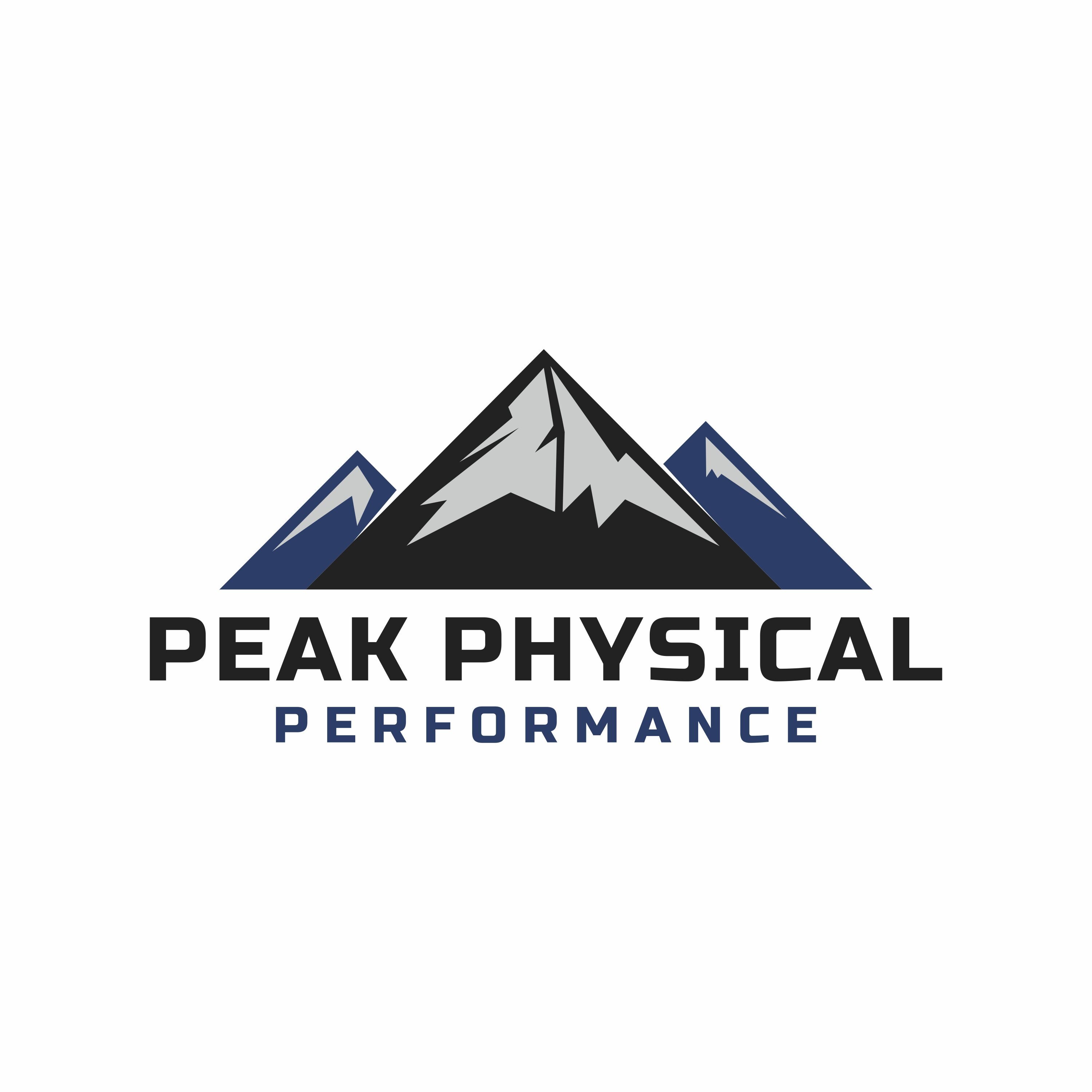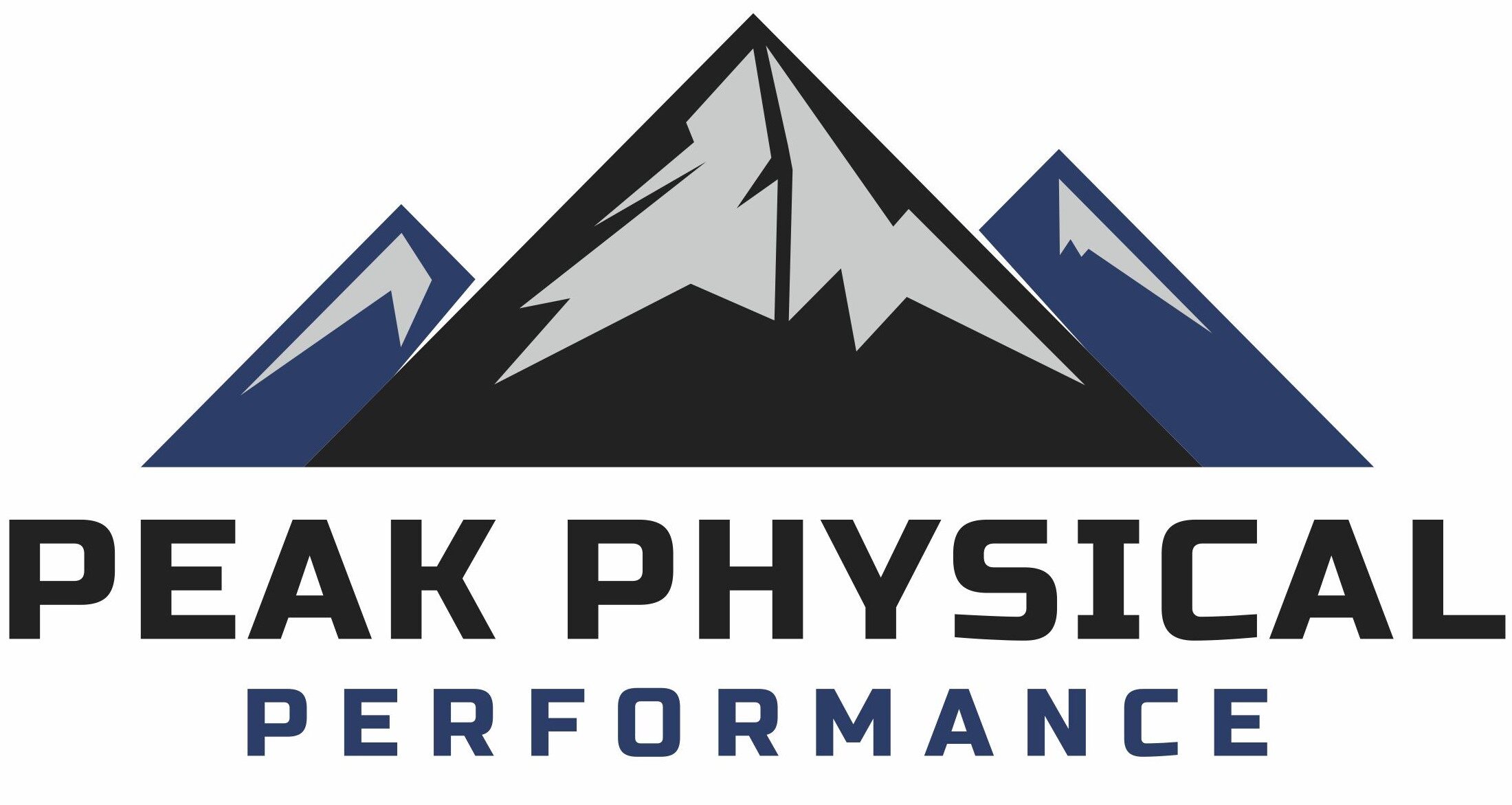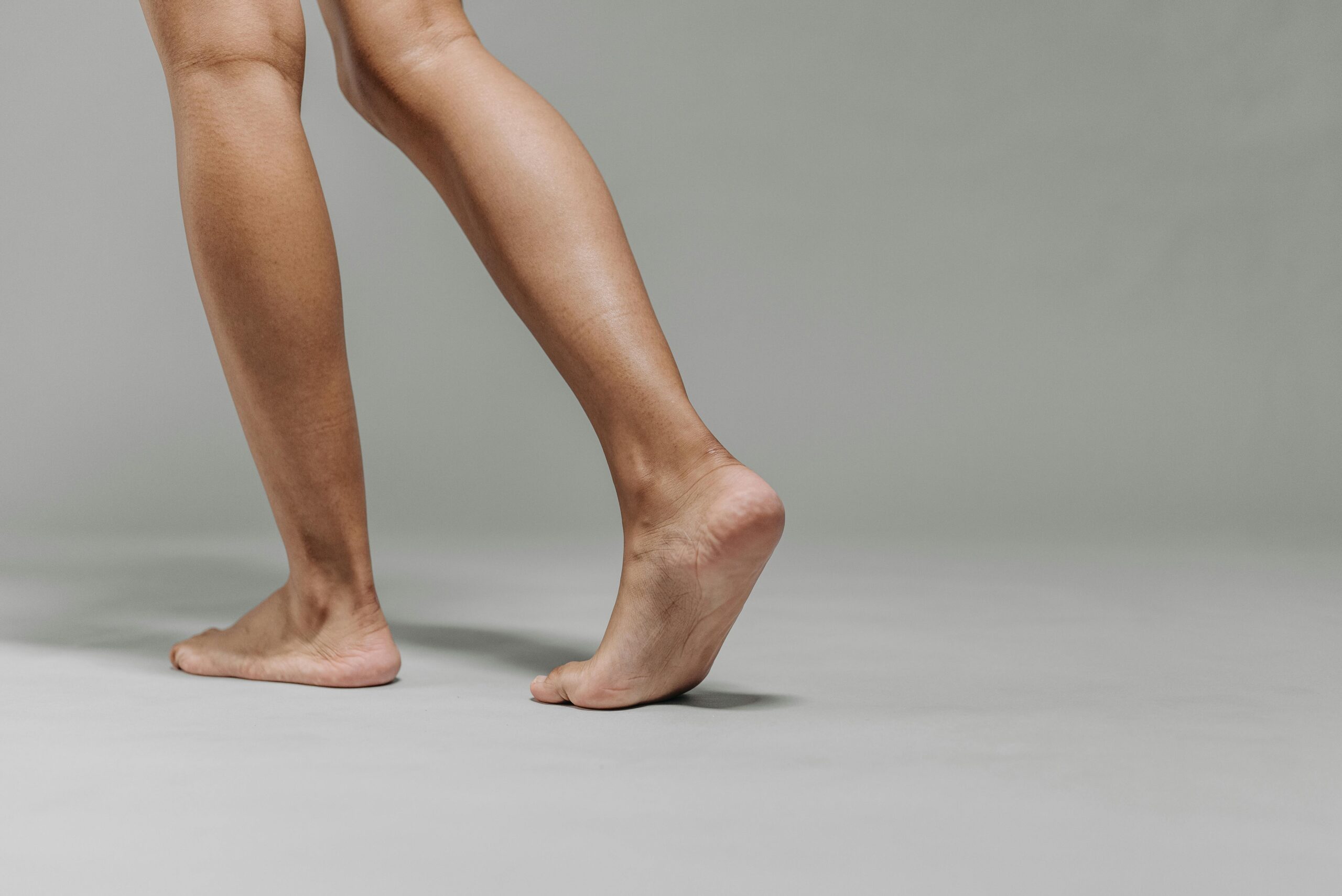Tendinopathy is a common condition that causes pain and dysfunction in the tendons—the tough cords that connect muscle to bone. Whether you’re an athlete, an active adult, or someone with repetitive strain from work, tendinopathy can significantly impact your quality of life.
In this guide, we’ll break down what tendinopathy is, its causes, symptoms, and the most effective, evidence-based tendinopathy treatments available today.
✅ What Is Tendinopathy?
Tendinopathy is a broad term that refers to tendon disorders resulting from overuse, degeneration, or mechanical stress. Unlike the older term tendinitis (which implies inflammation), most modern cases involve degeneration without inflammation—also called tendinosis.
Common types of tendinopathies include:
- Achilles tendinopathy
- Patellar tendinopathy (jumper’s knee)
- Rotator cuff tendinopathy
- Lateral epicondylitis (tennis elbow)
📌 What Causes Tendinopathy?
Tendinopathies typically develop over time due to repetitive loading or overuse, especially without enough rest or recovery. Contributing factors include:
- Rapid increases in activity or training volume
- Weakness or imbalance in surrounding muscles
- Poor biomechanics or movement patterns
- Age-related tendon changes
- Conditions like diabetes or high cholesterol
Understanding and addressing these risk factors is key to both treating tendon pain and preventing future flare-ups.
🔍 Common Tendinopathy Symptoms
If you’re experiencing tendon pain, you may notice:
- A dull ache near the affected tendon
- Pain that worsens with movement or loading
- Morning stiffness or stiffness after rest
- Swelling or thickening over the tendon
- Tenderness to touch
If symptoms persist beyond a few weeks, it’s important to seek assessment from a physical therapist or other healthcare provider trained in musculoskeletal conditions.
🧠 How Is Tendinopathy Diagnosed?
Diagnosis of tendinopathy is primarily clinical. Your healthcare provider will assess:
- Pain location and pattern
- Range of motion
- Tendon loading tests
Advanced imaging like ultrasound or MRI may be used to confirm diagnosis, especially in chronic or complex cases. These scans may show tendon thickening, collagen disorganization, or small tears.
🏋️♂️ Best Treatment Options for Tendinopathy
The cornerstone of tendinopathy treatment is exercise-based rehabilitation, particularly using progressive loading strategies.
1. Exercise Therapy (Gold Standard)
✔ Eccentric loading (lengthening under tension)
✔ Heavy slow resistance (HSR)
✔ Isometric exercises for early-stage pain relief
Research shows that eccentric exercises improve tendon structure and function over time. For example, the Alfredson protocol is a widely-used program for Achilles tendinopathy.
📖 Reference: Rio et al., 2015 – Isometric exercise reduces pain in patellar tendinopathy
DOI: 10.1136/bjsports-2014-094386
2. Load Management
Avoiding complete rest is important. Instead, modify activities to maintain load within a pain-tolerable range while progressing gradually.
3. Manual Therapy & Modalities
While passive treatments like ultrasound or TENS have limited evidence, manual therapy can improve mobility and reduce contributing factors like stiffness or muscle tension.
4. Shockwave Therapy
Extracorporeal shockwave therapy (ESWT) can benefit certain chronic tendinopathies, such as plantar fasciitis and calcific shoulder tendinopathy.
📖 Reference: Gerdesmeyer et al., 2008 – ESWT in plantar fasciitis
DOI: 10.1007/s00167-008-0563-1
5. Injections (Use with Caution)
- Platelet-rich plasma (PRP) may be helpful in some chronic cases.
- Corticosteroid injections provide short-term relief but may negatively affect tendon healing over time.
📖 Reference: Scott et al., 2019 – ICON tendinopathy consensus
DOI: 10.1136/bjsports-2019-100529
🏃♀️ Physical Therapy for Tendinopathy
Working with a licensed physical therapist is crucial for recovery. Your therapist will design a personalized exercise program, address contributing biomechanical issues, and monitor your progress to safely return to activity.
⏳ How Long Does Tendinopathy Take to Heal?
Recovery timelines vary, but most cases of chronic tendinopathy require 8–12 weeks or more of consistent rehabilitation. Patience and consistency are key—quick fixes rarely lead to long-term recovery.
🧾 Summary: How to Treat Tendinopathy
| Step | Treatment Approach |
|---|---|
| 1 | Accurate diagnosis by a physical therapist or physician |
| 2 | Load management (not complete rest) |
| 3 | Structured loading program (eccentric or HSR exercises) |
| 4 | Adjuncts like shockwave therapy or manual therapy |
| 5 | Education and gradual return to sport or activity |
📚 References
- Cook JL, Purdam CR. “Is tendon pathology a continuum?” Br J Sports Med. 2009;43(6):409-416.
- Rio E et al. “Isometric exercise reduces pain in patellar tendinopathy.” Br J Sports Med. 2015;49(19):1277-83.
- Gerdesmeyer L et al. “Shock wave therapy in chronic plantar fasciitis.” Am J Sports Med. 2008;36(11):2100–9.
- Scott A et al. “ICON 2019 Tendinopathy Consensus.” Br J Sports Med. 2019;53(10):497-500.
Need help with tendon pain?
If you’re struggling with a tendon injury, Peak Physical Performance offers expert, evidence-based physical therapy for tendinopathy. Book your evaluation today and start your path to pain-free movement.



No responses yet